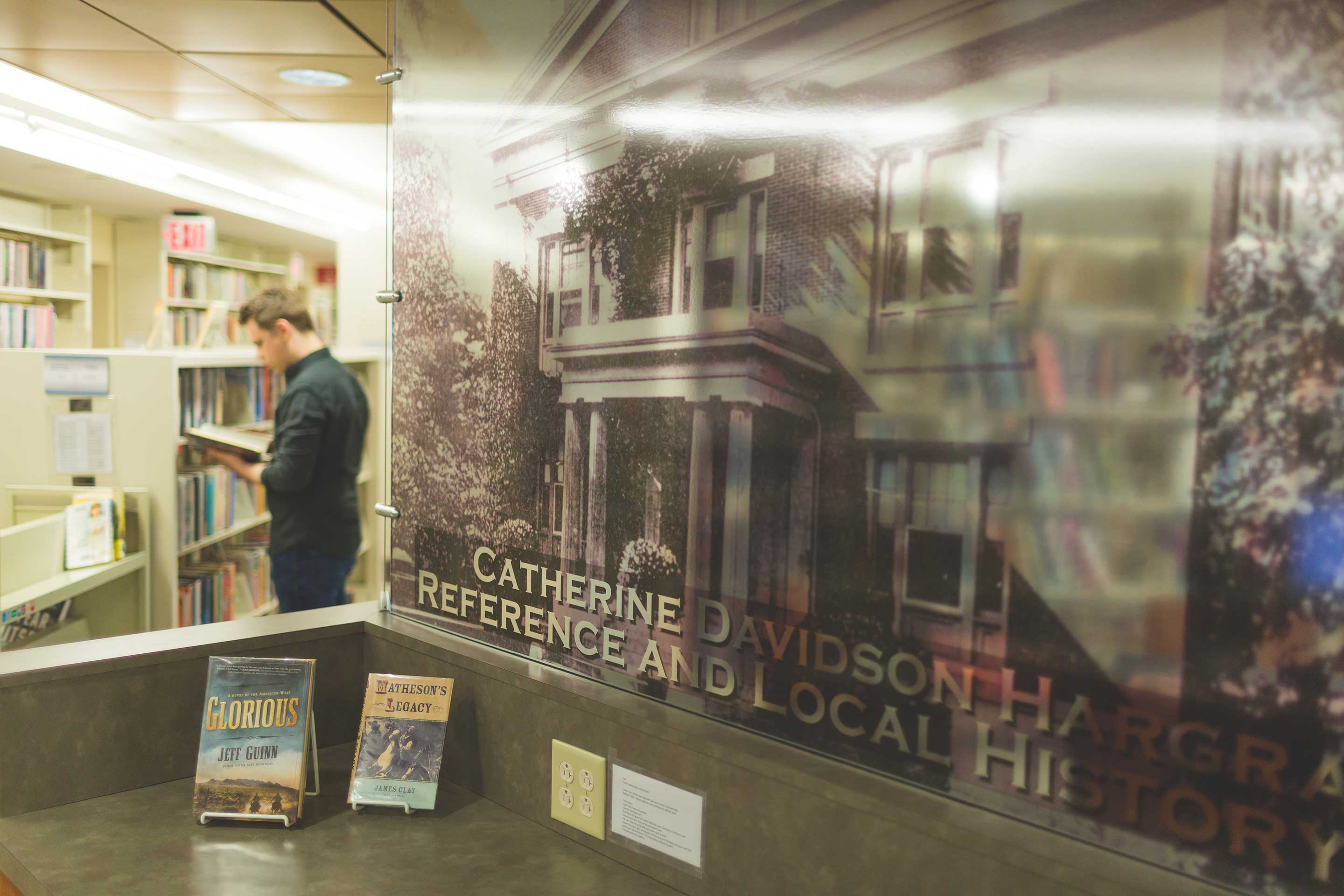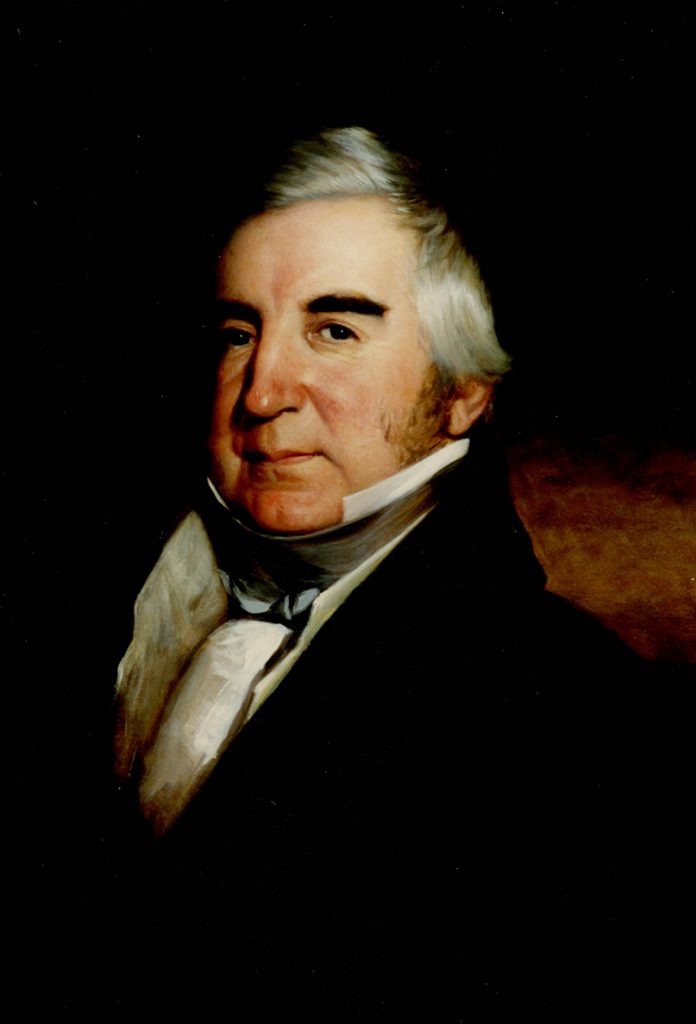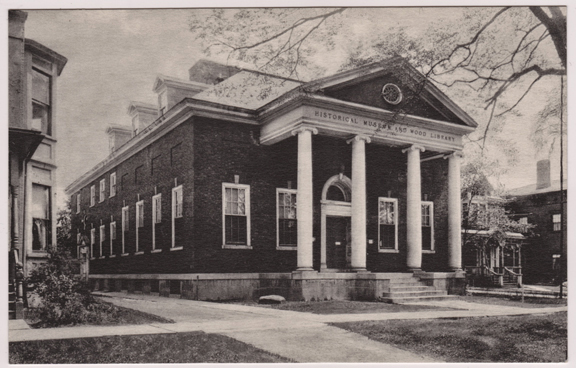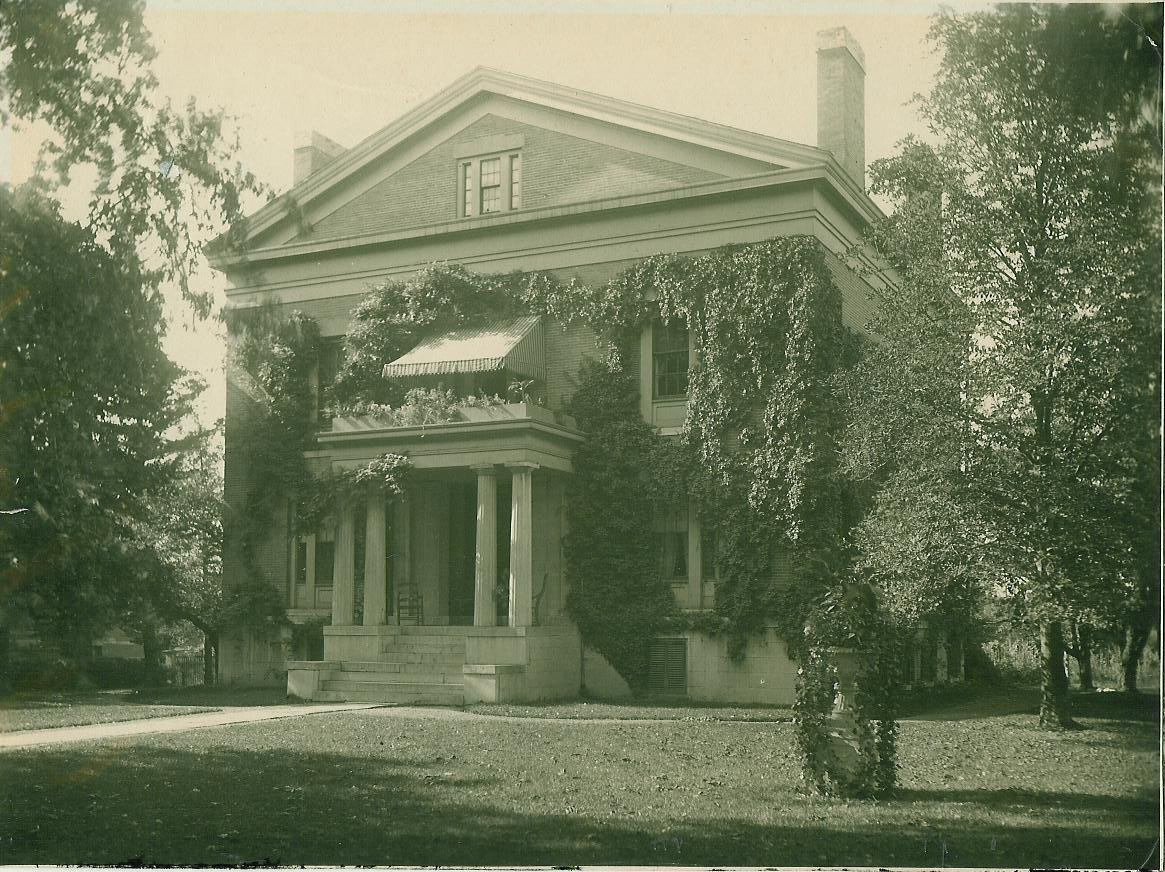
Our History

1777-1857
“for literary and scientific purposes.”

“resurrected and incorporated as a free public library on June 24, 1896.”

Current Building
Mark Sibley, having purchased land from the Grangers in 1835, constructed this building in 1845. It became known locally as ‘Sibley’s Folly’ because of the expense in erecting such a large residence. The design is in the Greek revival style with characteristic tripartite windows on the front façade not commonly found on residential buildings.
For 105 years it remained a private residence, passing through five different families. The last owners were the Davidsons, owners of a lumber yard in Canandaigua. In 1950, the family sold it to the Canandaigua Medical Group for their offices. During their tenure, an addition was added in 1957 that now houses part of the children’s library.
Wood Library closed on the building on December 8, 1971 for $15,000, and after additional renovations, opened for business on December 3, 1973. No major renovations were made since that time until 2010, when a major renovation was undertaken in preparation for an addition.
Wood Library has remained in this building since that time, only relocating once for six months in 2010/2011 while renovation work was completed in preparation for a planned addition. In 2012, Wood Library secured community-based funding, providing financial support for its future.
The original features of the building remain intact: exposed brick walls on the ground floor and in the young adult area, ceiling beams in the center hall and reading room on the main floor, and the front door with its sidelights. The fireplace in the reading room is original to that room. The pair of marble mantles in the Ewing Family Community Room were originally located in the downstairs parlors and moved upstairs during the 1972 renovation.
In 2014, a $1.7 million building addition was completed and included many enhancements to support community need. A new ADA-compliant elevator was installed to ensure an accessible building for all. The Bill Rayburn Children’s Library was expanded to include space for collections, computer stations, and family seating. A new multi-purpose ground floor meeting room with kitchenette provided a larger space for meeting groups to gather. In the new lobby, a more accessible area for the library’s popular materials was added as well as comfortable seating. The addition provided 5400 square feet of much needed library space.
Wood Library is registered on the National Registry for Historic Buildings.

